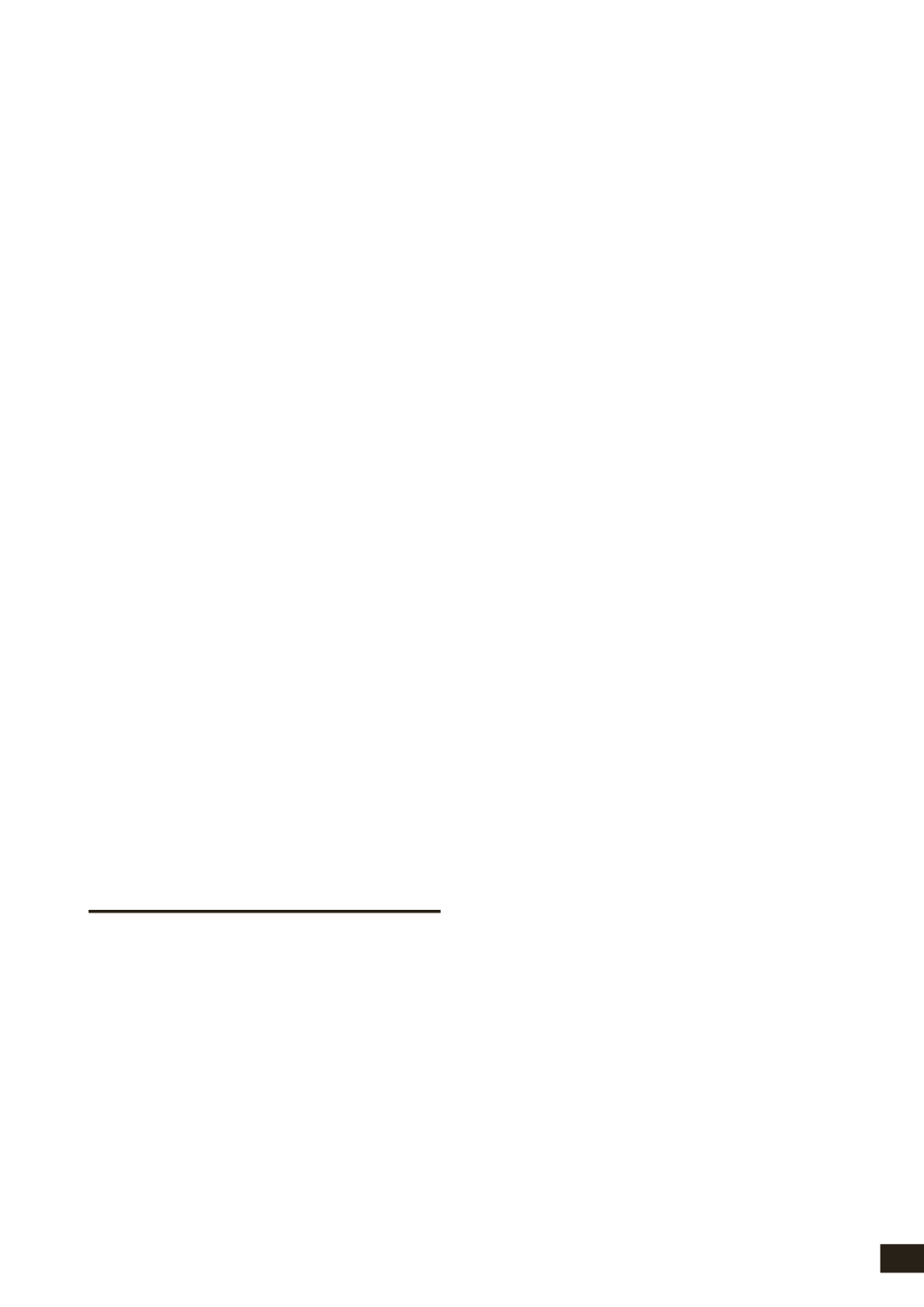

Curriculum Studies Guide
2018
>>> RETURN TO CONTENTS31
YEAR 10
Status
Compulsory
Prerequisites
None
Periods per week
Four for 1/3 of the year
Description
The mainly descriptive work begun in Year 9
is continued, with the special language that
chemists use being extended as students become
more familiar with formulae and simple equations.
Chemical reactions between different substances
is a major focus of the course, engaging all
students in developing a well-rounded view and
understanding of the chemical nature of our
world.
Topics covered include:
• metals
• rates of chemical reactions
• oxygen, oxides and the air
• carbon chemistry
• acids and bases
• carbon dioxide
Assessment
Assessment of work follows a pattern similar to
that followed in Year 9 and again terminates with
an examination at the end of the module. At the
completion of Year 10, students have studied an
introductory course which has them well prepared
to extend their knowledge of reaction chemistry
and consolidate skills associated with laboratory
work in the Year 11 course.
YEAR 11
Status
Optional
Prerequisites
None
Periods per week
Four
Description
An attempt is made to systematise chemical
information on the basis of the Periodic Table and
a great deal of reaction chemistry is introduced.
Patterns in the behaviour and properties of groups
of related substances are stressed in terms of
non-metal chemistry, metal chemistry and organic
chemistry. The chemical concepts learned in Year
9 and 10 form a platform for the Year 11 course.
Students will be engaged in wide range of
practical tasks designed to develop and reinforce
a deeper understanding of the ways in which
chemical species react together. Example tasks
include investigating chemical reaction rates,
methods of testing for chemical substances, the
properties of carbon compounds, reactions of
chemical elements, and displacement reactions
between metals.
The course introduces students to many
interesting topics relevant to senior Chemistry
and the sound grounding in reaction chemistry
given to those who wish to further their study of
Chemistry is highly beneficial. In any serious study
of science, Chemistry is fundamental to the point
that it is often described as the central science.
Students wishing to keep their options open
in the physical and natural sciences, including
Engineering, Medicine, Geology, Agriculture,
Food Science or Polymer Science, should include
Chemistry in their courses at this level.
Students should also be aware that combinations
of the science subjects are important to consider.
Physical sciences require the combination of
Physics, Mathematics and Chemistry, while the
natural sciences require Biology, Statistics and
Chemistry.
Assessment
The Year 11 Chemistry course will be assessed
against the following NCEA Level 1 Chemistry and
Science achievement standards:
AS 90930
Carry out a practical chemistry investigation with
direction. (4 credits – internal)
AS 90933
Demonstrate understanding of aspects of
selected elements. (4 credits – external)
AS 90934
Demonstrate understanding of chemical
reactions. (4 credits – external)
AS 90944
Demonstrate understanding of aspects of acids
and bases. (4 credits – external)
AS 90945
Investigate implications of the use of carbon
compounds as fuels. (4 credits – internal)

















